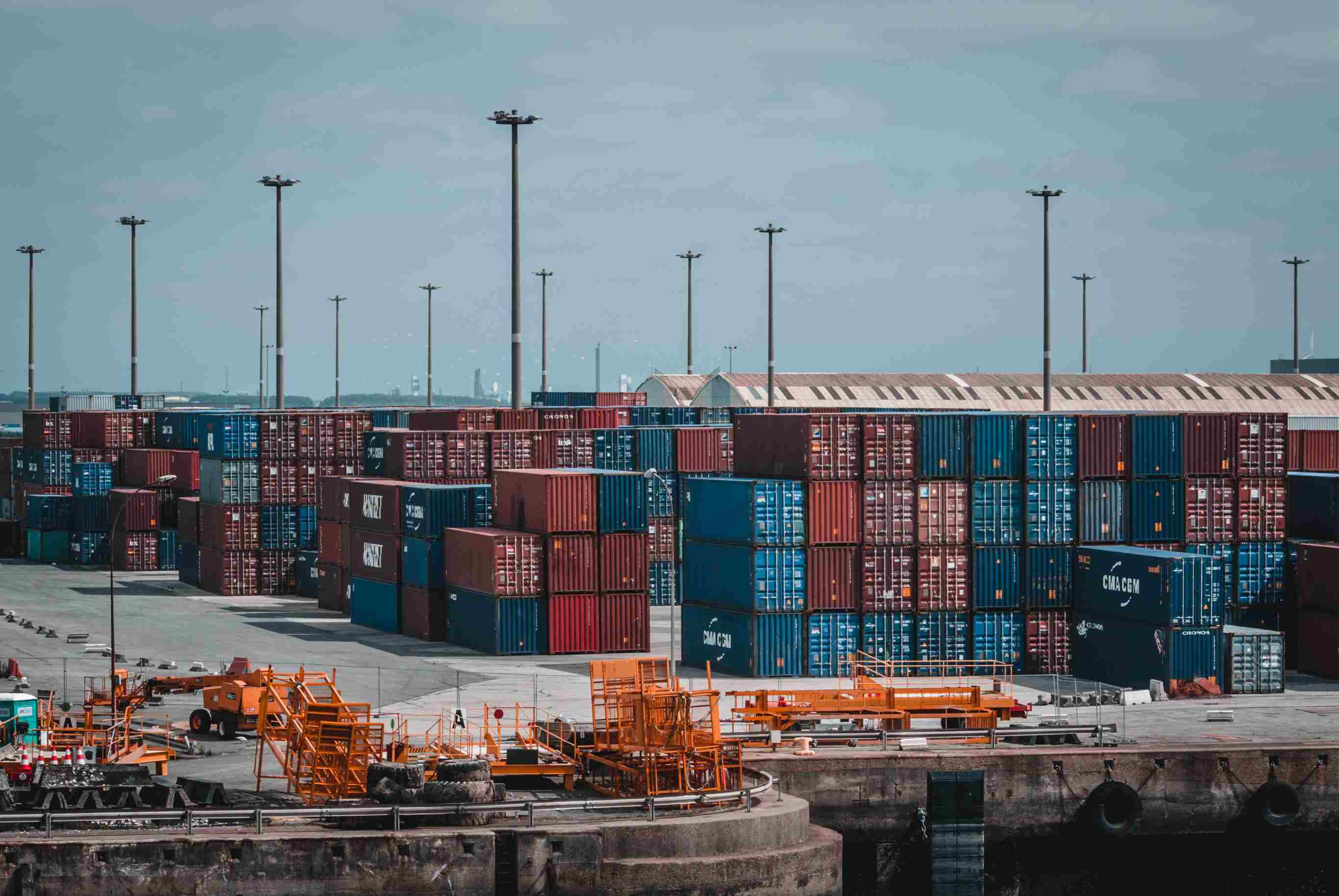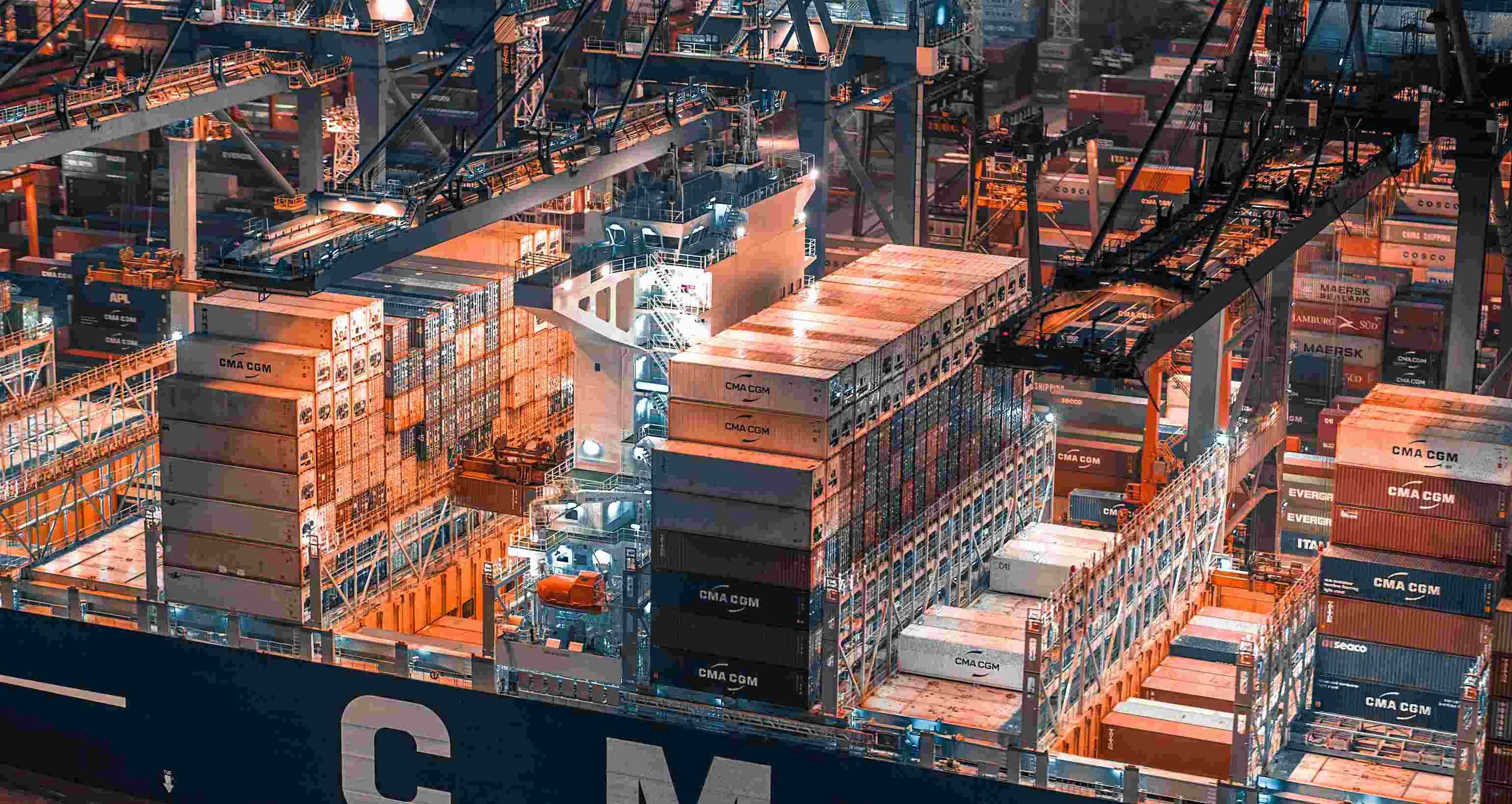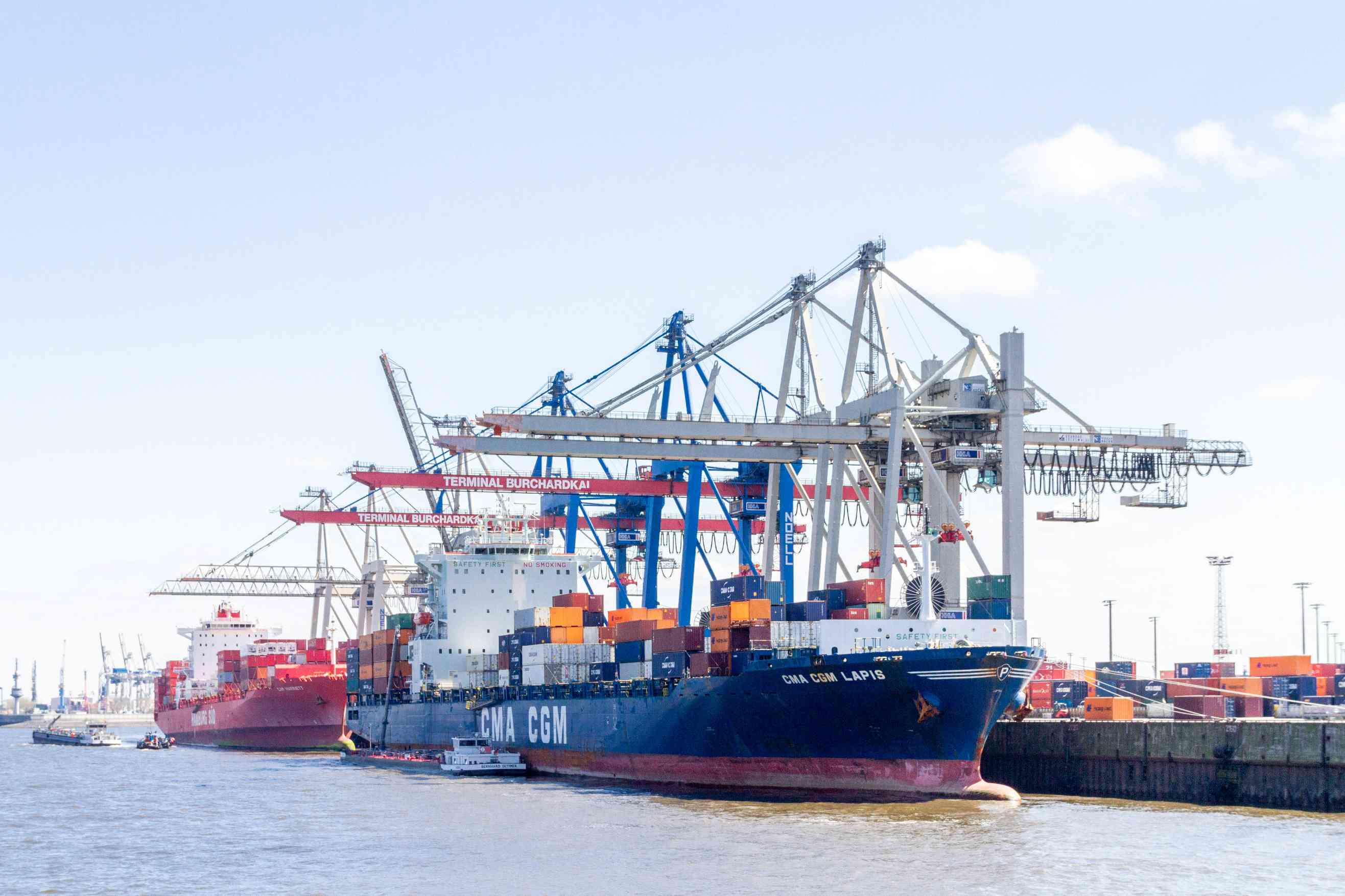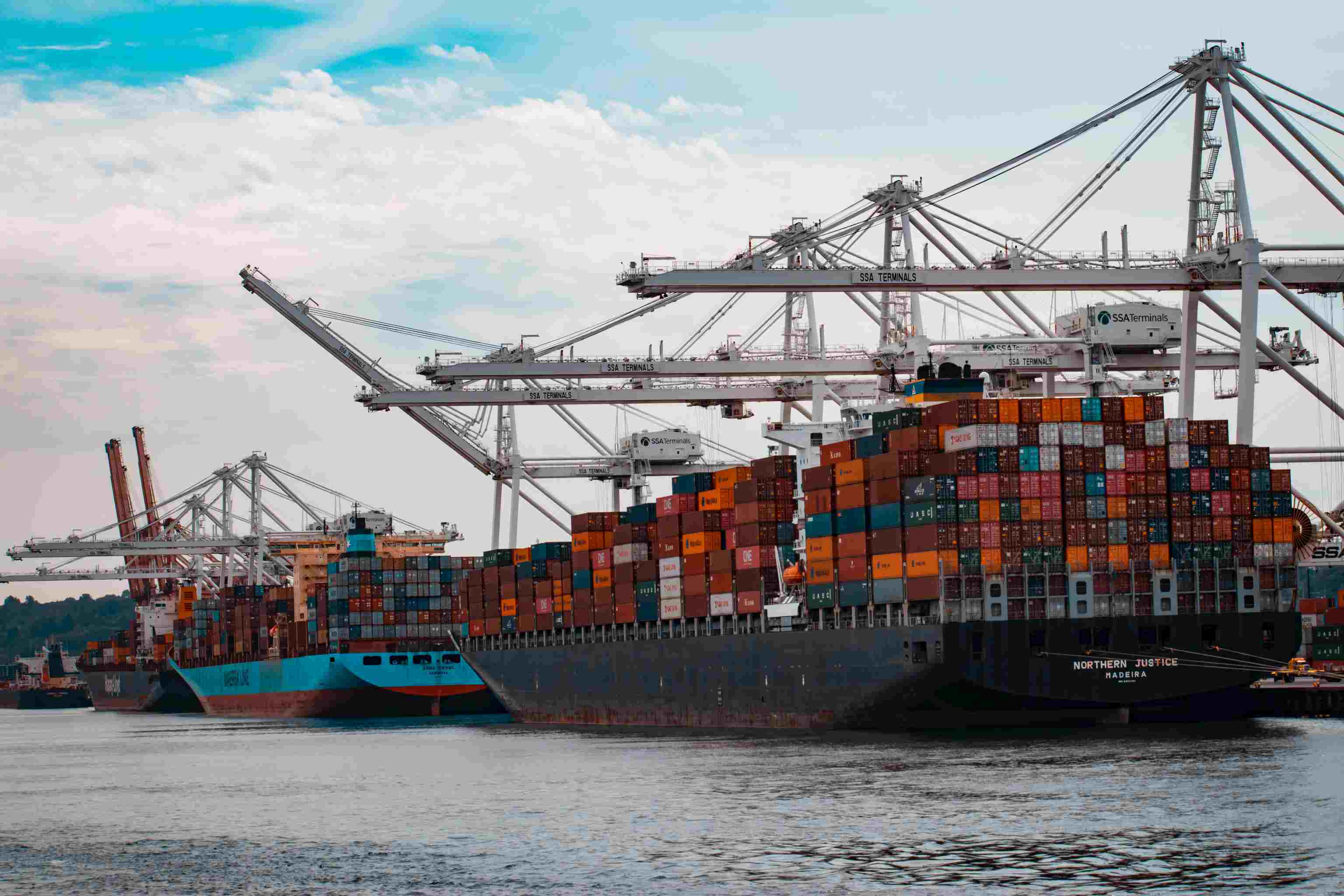[TOP10] The latest list of the world's top ten shipowners (with photos)
Guide: Over the past ten years, the growth rate of the global fleet has slowed, from 8.6% at the peak in 2010 to 3.1% in 2016.
The growth rate of the global fleet has slowed down in the past ten years, dropping from 8.6% at its peak in 2010 to 3.1% in 2016. Nevertheless, during the past ten years, the new capacity has reached 391 million tons, of which 75% was contributed by the top ten shipowner countries (indicated by light blue bars) in the capacity increase. In terms of the current fleet size, these shipowners are also the top shipowners in the world. Some smaller shipowners are also developing rapidly, and future growth in fleet size may come from a wider range of players.freight company china
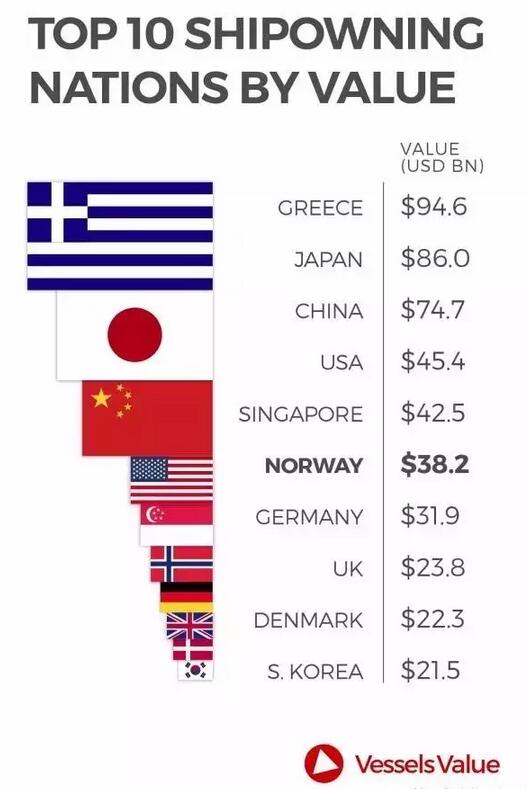
The bar chart shows the top ten shipowners with the fastest growth in the fleet from 2010 to the present. The red dots indicate the percentage of fleet growth of the ten countries in their respective regions (divided into four major regions, namely Europe, Asia-Pacific, America, and Africa / Middle East / South Asia). The inserted bar chart shows the top ten shipowner countries with the highest fleet growth rates since 2010. These countries now have a fleet size of at least 4 million gross tonnage.
Barge Owner Keeps the Lead
From a global perspective, since 2010, Greek shipowners have experienced the largest increase in fleets, with an additional capacity of approximately 89.3 million gross tons, which has further strengthened Greece's position as the largest shipowner nation. Greece has replaced Japan as the world's largest shipowner country since 2013. In recent years, there have been stable new ship deliveries and it is also active in the used boat trading market. In the same period, the growth of the Chinese fleet and the Japanese fleet was also very impressive, with cumulative growth of 73.7 million tons and 32.2 million tons, respectively, ranking second and third. As of May 1, 2017, nine of the top ten countries with the largest cumulative growth in the fleet are also the world's top ten shipowners. It can be seen that the global fleet growth in recent years has been driven by shipowners who already have considerable fleet sizes. The only exception is Germany, which ranked 4th with a total fleet of 85.4 million tons. Its fleet size has been reduced by 12% since 2013.
Regional growth differences remain
Since 2010, the global fleet has increased by 44% in terms of gross tonnage, and the global fleet has experienced steady growth. The fleets of Europe and the Asia-Pacific region increased by almost the same amount during this period, increasing by 164 million tons and 168 million tons respectively. However, the sources of the increase are still different. European fleet growth is mainly dependent on Greek shipowners, contributing 54% of fleet growth. At the same time, the fleet growth of Norway and Italy accounted for only 9% and 7% of the total growth in Europe. In contrast, the development of the Asian fleet is promoted by more countries. China's new capacity accounted for 44% of the total growth in the Asia-Pacific region, while Japan (19%), Singapore (10%), South Korea (9%) and Taiwan (6%) also experienced significant growth.
Small country is no longer widowed?
In addition to shipowners with large-scale fleets, some smaller shipowners' national fleets have also experienced development that should not be underestimated. Since 2010, the Oman fleet (gross tonnage) has grown by 257%, and the fleet size of Switzerland, Bermuda and Kuwait has more than doubled. With the overall slowdown of the global fleet growth, the influence of these small countries on the East and the West has become more and more significant.
In summary, although the growth of the global fleet has been slowing down since 2010, the total amount of new capacity is still considerable, which is mainly due to the growth of mature shipowner fleets. While some smaller shipowners are also developing rapidly, the future growth of the fleet size may come from a wider range of players.
The growth rate of the global fleet has slowed down in the past ten years, dropping from 8.6% at its peak in 2010 to 3.1% in 2016. Nevertheless, during the past ten years, the new capacity has reached 391 million gross tons, of which 75% was contributed by the top ten shipowners. From 2010 to the present, the cumulative growth of the fleet's total tonnage is used for statistics. The top ten shipowner countries with the highest fleet growth have a total fleet size of at least 4 million gross tonnage.
Major shipowners dominate global fleet growth
From a global perspective, since 2010, Greek shipowners have experienced the largest increase in fleets, with an additional capacity of approximately 89.3 million gross tons, which has further consolidated Greece's position as the largest shipowner nation. Greece has replaced Japan as the world's largest shipowner country since 2013. In recent years, there have been stable new ship deliveries and it is also active in the used boat trading market. In the same period, the growth of the Chinese fleet and the Japanese fleet was also very impressive, with cumulative growth of 73.7 million tons and 32.2 million tons, respectively, ranking second and third. As of May 1, 2017, nine of the top ten countries with the largest cumulative growth in the fleet are also the world's top ten shipowners. It can be seen that the global fleet growth in recent years has been driven by shipowners who already have considerable fleet sizes. The only exception is Germany, which ranked 4th with a total fleet of 85.4 million tons. Its fleet size has been reduced by 12% since 2013.
Since 2010, the global fleet has increased by 44% in terms of gross tonnage, and the global fleet has experienced steady growth. The fleets of Europe and the Asia-Pacific region increased by almost the same amount during this period, increasing by 164 million tons and 168 million tons respectively. However, the sources of the increase are still different. European fleet growth is mainly dependent on Greek shipowners, contributing 54% of fleet growth. At the same time, the fleet growth of Norway and Italy accounted for only 9% and 7% of the total growth in Europe. In contrast, the development of the Asian fleet is promoted by more countries. China's new capacity accounted for 44% of the total growth in the Asia-Pacific region, while Japan (19%), Singapore (10%), South Korea (9%) and Taiwan (6%) also experienced significant growth.
In addition to shipowners with large-scale fleets, some smaller shipowners' national fleets have also experienced development that should not be underestimated. Since 2010, the Oman fleet (gross tonnage) has grown by 257%, and the fleet size of Switzerland, Bermuda and Kuwait has more than doubled. With the overall slowdown of the global fleet growth, the influence of these small countries on the East and the West has become more and more significant.
Greece has always been the leader in capacity growth
Greece has many experienced seafarers, and many seafarers have become shipowners step by step, which has further contributed to Greece's shipping industry. According to Clarksons Research statistics, since the beginning of 2010, the fleet capacity of 10 countries in the world has grown the most, and the fleet capacity of 9 countries is still in this queue on May 1, 2017. Among them, the fleet of Greek shipowners increased the most. During this period, the Greek fleet expanded its capacity of 89.3 million GT. This can be regarded as a symbol of Greek shipowners consolidating their world ’s largest shipowner country. According to the continuous delivery of new ships in recent years and the level of second-hand ship trading, Greece has replaced Japan in 2013 and has become the world ’s largest shipping fleet. Strong country.
According to the “Review of Maritime Transport 2016” issued by the United Nations Conference on Trade and Development (Review of Maritime Transport 2016), Greece, with a total number of 4,136 ships and a total capacity of 293 million dwt, occupied 16.36% of the world ’s merchant shipping capacity and is sitting firmly. The throne of the world's largest shipowner.
Looking at the regions where the fleet has grown, since 2010, the global fleet capacity has increased by 44%, and the entire European region has increased by 164 million GT, which is also mainly driven by Greek shipowners. In terms of GT, Greece Shipowners' fleet capacity increased by 74% during this period, equivalent to a 54% increase across Europe.
In addition, since the beginning of 2017, Greek shipowners have also outshone the world in the number of new ships ordered by the world. According to statistics from British online ship valuer VesselsValue, since the beginning of 2017, a total of 119 new ship orders have been signed around the world, of which 35 Greek shipowners have ordered, which is far more than the 14 American shipowners. .
